On my second day, I set out along the Danube to the
Parliament, to book a tour. It is the grandest building in Budapest, in all of
Hungary, and quite possibly in all of the Austro-Hungarian Empire; built to
reinforce the nation’s sense of self-worth, as part of the millennial celebrations
of 1896. The notional beginning of Hungarian statehood is not pinned down quite
that exactly, but it seemed like a good year to start. The number 96 is all
over Budapest, not unlike SPQR in Rome or the triple saltire in Amsterdam. Both
the parliament and the cathedral have spires exactly 96 meters tall, but while
the city’s main church is seldom empty, the administrative palace is far too
big for the independent nation – apparently, only a quarter of the floor space
is in use today. But guided tours are free for EU citizens, a blessing bestowed
by Brussels’ demand that all Europeans be treated the same as Hungarians within
the new empire, which is distinct from the old one by virtue of being
democratic, but is quite loose and culturally diverse – much like the old one
was by the time of Budapest’s grand celebration. The tours are quite popular
though, and I only get a booking for a few hours later.
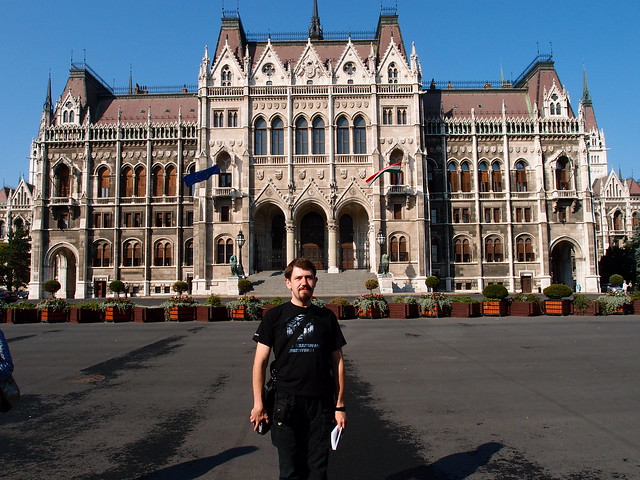 |
| It took me this long to get around to posting a vanity photo. |
I spend the time exploring the old quarter of Pest – not really
that old by Hanseatic standards, but as pretty as any Habsburg treasure. I walk
past unusual bronze memorials – empty shoes on the embankment to remember the
Holocaust victims, a kindly man on a tiny bridge representing the latter-day
saint of Hungarian individualism under Communist rule. I end up in a square
where several roads meet in a congregation of houses by a famous architect, and
nearby is the fenced-off monstrosity of the American embassy. Decades ago, a
venerable elder cleric was holed up in the building, unable or unwilling to be
smuggled out, escaping the heathen regime’s persecution on US diplomatic soil
but remaining within his homeland. I don’t know how much of a fortress the
embassy building was during the Cold War, but it must not have looked as
besieged as it does today, with its bomb-proof barriers and metal fencing
restricting the adjacent streets; the Communists would certainly not have
allowed any visible disturbance by the embassy’s walls.
 |
| Still pretty enough in the daytime. |
I circle the compound to find something altogether more
agreeable, a smattering of art nouveau treasures that Hundertwasser himself
would be proud of, some of their roofs tiled in uniquely Hungarian colorful
ceramic. I drop into a well-concealed market building – not as big as the main
market grounds near my hotel, meant to serve the surrounding community only,
and now half-empty with a lot of business lost to peripheral supermarkets – and
grab a thick, sweet poppyseed pie for a snack; the confectionary tradition of
Hungary definitely shares a lot with that of Turkey, though to my later
disappointment, their sour cherry juice is nowhere near as good as the stuff I
could get in any convenience shop in Istanbul.
I walk back to the cathedral, free and open to tourists,
with a massive plaza leading out to a pedestrian street with another random
bronze sculpture; touristy restaurants all the way down to the riverside.
I take the tour of the Parliament, and gawk appropriately at
the imperial (or is it royal?) finery, see the Hungarian crown jewels with
their crooked cross, and the chamber of the actual national assembly – one of
the lesser rooms according to the original building plan.
There’s plenty of daylight left, so I head down Budapest’s
other axis, this one man-made for the same millennial celebrations: Andrassi Boulevard,
starting in the center and terminating at a massive park with plenty of
attractions, the main one being the public baths. It’s a fairly long way, and
to make sure the public would make it out to the celebration grounds on the far
end, Budapest constructed the first ever subway line in continental Europe –
and the second one in the world, only very slightly younger than London’s. And
while there’s barely a trace of finery at Baker Street Station, Line 1 of the
Budapest metro retains its turn of the century charm, its tiny wooden carriages
and barely submerged stations an enormous contrast to the ugliness of the other
two lines.
But I walk instead. With a couple of detours into an
architecturally imposing bookshop and an alley of restaurants, I follow
Andrassy (pronounced as you’d think, which is rare for Hungarian names) as it mutates
from a shopping street to a giant interchange where it meets the center’s outer
ring, to a quiet boulevard of embassies set back from the sidewalk.
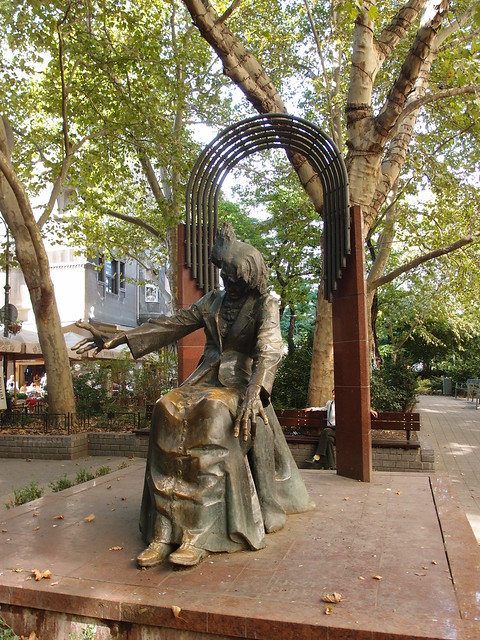 |
| Ferencz Liszt, who apparently kept a chicken on his head to stimulate creativity. |
I reach the outskirts of the park, grab an ice cream and
marvel at the statues of historically important Huns. Deeper into the park,
there is a memorial to George Washington, and a number of eclectic
architectural follies that were intended as temporary entertainment for 1896,
but were so beloved by the people that they were kept around. I smirk
condescendingly at the faux medieval castle – where I come from, we have plenty
of the real thing – and genuinely admire the memorial to Anonymous (not that
one, but spiritually similar). Eventually, I get to the Szecheny baths;
something that every visitor to Budapest absolutely has to try – but not today.
The baths are not going anywhere, and I shall be back.
For now, I take the
charming retro-metro back downtown. The tram takes me to the main market building,
where I grab a Hungarian specialty, the foie gras; I freshen up at the hotel
and head out again, to check out the synagogue and the nearby region of dive bars - a repurposed, central but initially run-down area of cheap housing for artistic types.
Eventually I end up on Vaci utca, the touristy
nightlife strip. Nothing particularly alluring there, but I find a
decent-looking restaurant with a reasonably priced special of Hungarian
specialties: goulash (which means something entirely different inside Hungary
than it does outside), chicken paprika, and a pancake. I end the day
people-watching at the plaza where Line 1 begins. It’s time to leave Budapest
for a while.
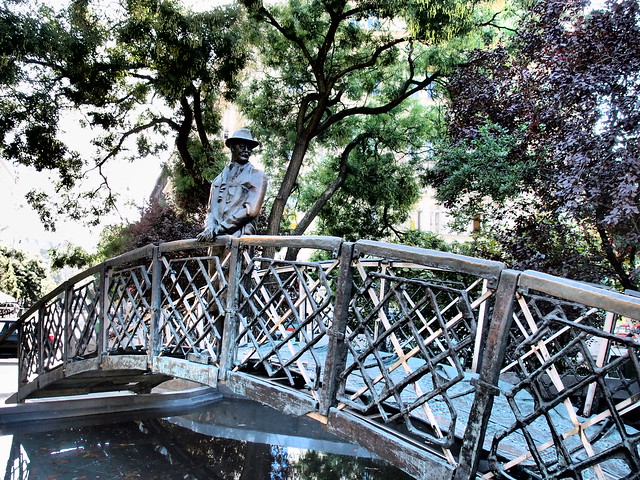
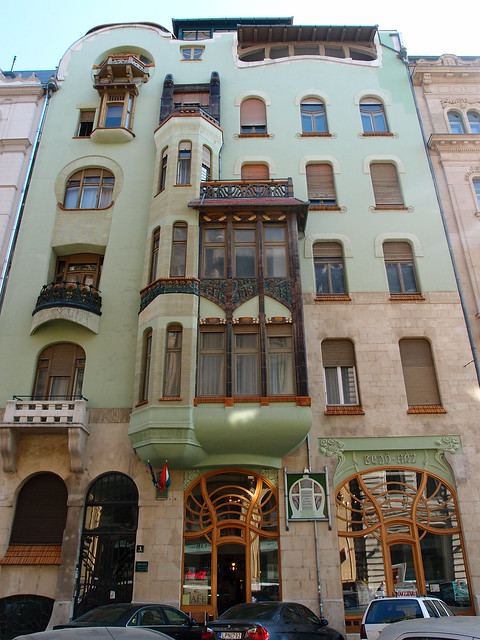
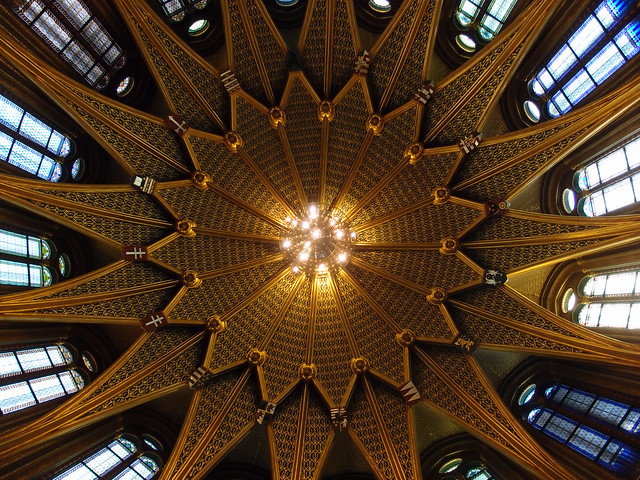
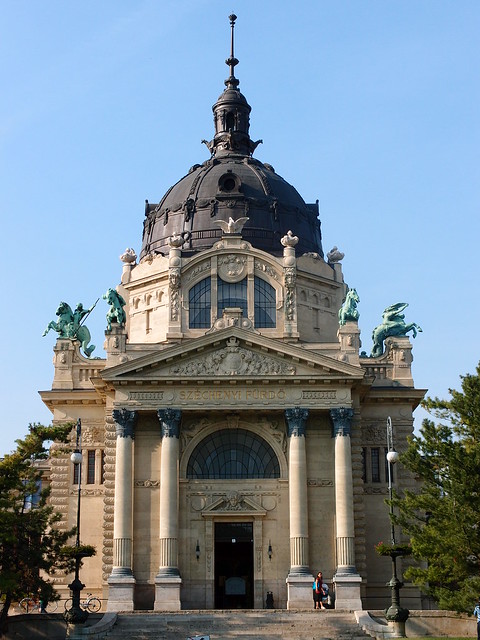
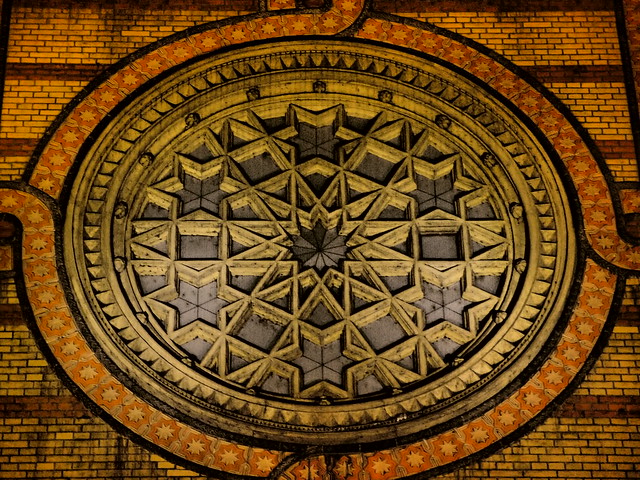
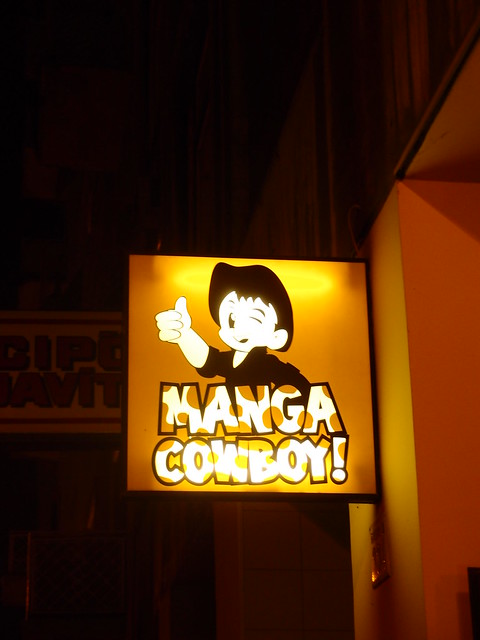

No comments:
Post a Comment